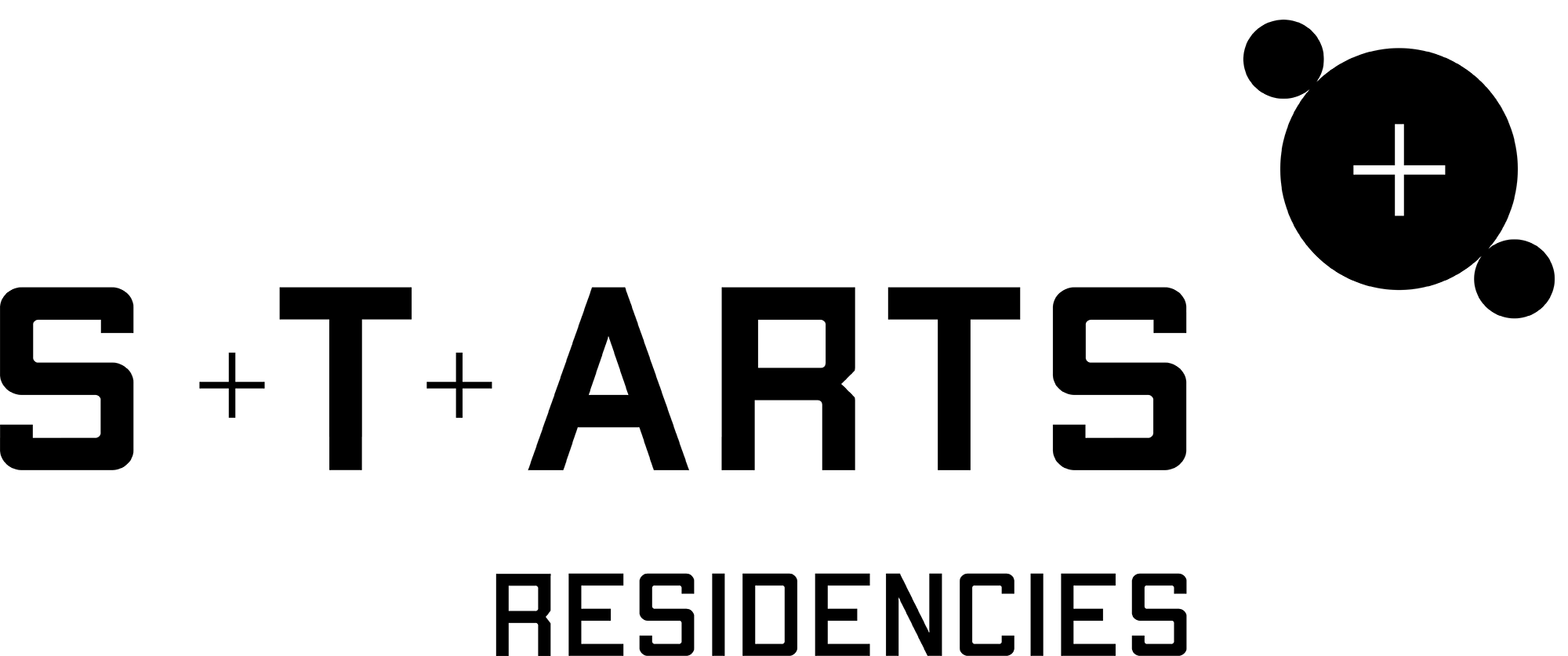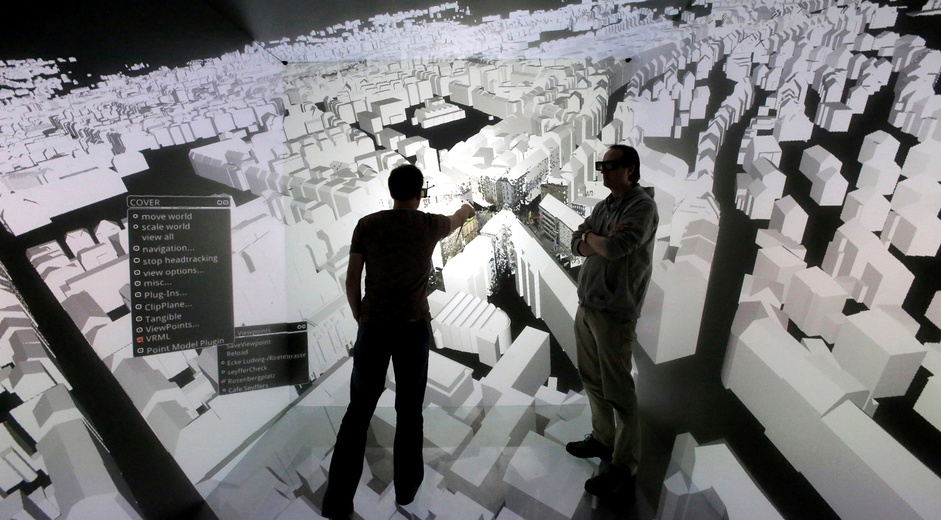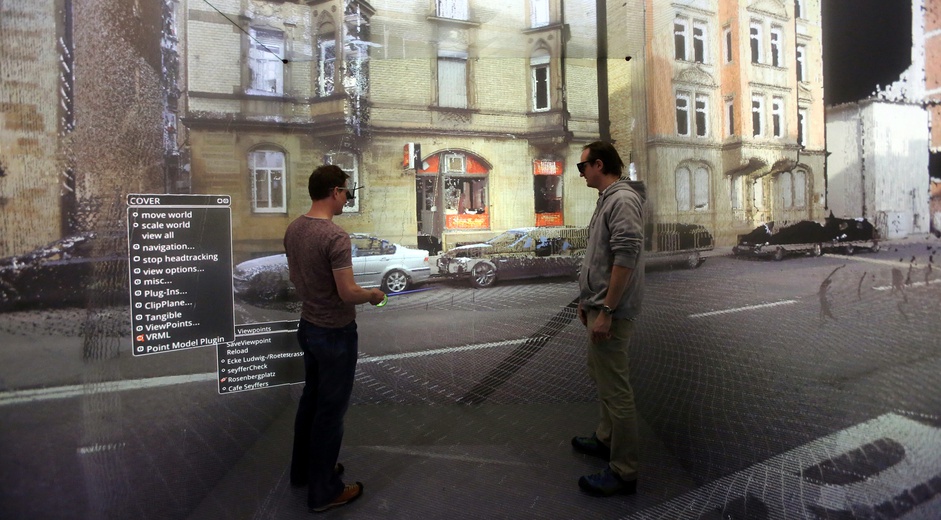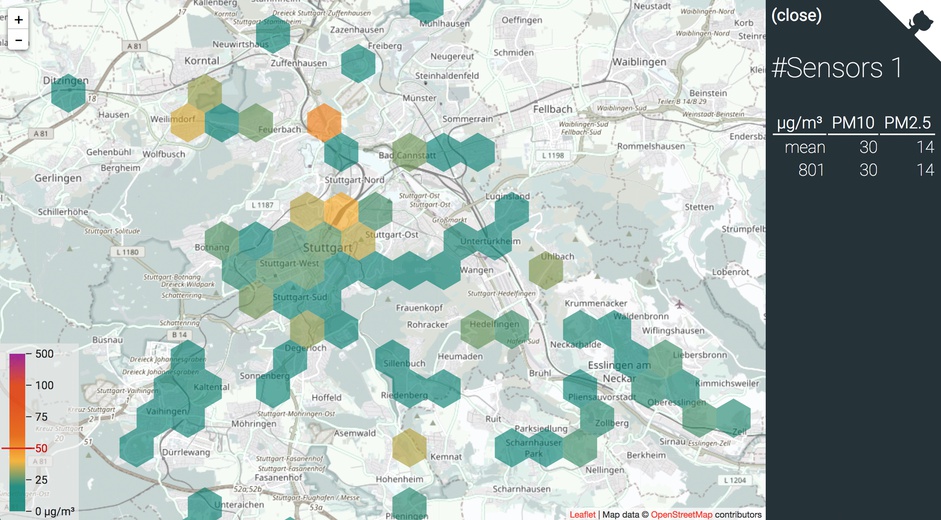Tech Project
Description of the challenges faced by the Tech Project
The project Reallabor is a transdisciplinary collaboration comprising five research institutions, as well as two municipal partners. The project partners pursue the following objectives: Identifying future challenges and requirements of urban districts. Exploring new methods and technologies, among them interactive visualizations and simulations, to support participatory planning processes. Examining digital formats and tools that enhance involvement of citizens in urban planning at an early stage. Investigating what kind of digital tools, participation methods etc. are suitable for use in planning processes at district level. Formulating a planning guideline for cities and municipalities. This provides information on which digital instruments and which forms of participation are particularly suitable at which stage of the planning process. The High Performance Computing Center Stuttgart (HLRS) is one of the five involved research institutions, accounting for the exploration of interactive visualizations and simulations in this project.
Brief description of technology
The High Performance Computing Center Stuttgart offers a variety of systems and technologies for scientific visualization in virtual and augmented reality: CAVE (Cave Automatic Virtual Environment), a walk-in visualization environment for interactive, 3-dimensional representations of complex data. The 5-sided cube with a length of 2.7 meters provides high resolution images rear projected by five active stereo projectors. In combination with infrared tracking and 3D shutter glasses, users are able to „dive“ into their data, experiencing it immersively and interactively. The large-size projection encourages scientists to discuss their simulation results with colleagues on-site, as well as with partners worldwide in collaborative working environments. - Large one-sided stereoscopic rear projection for use at fairs and exhibitions - Tiled display, comprising nine 3D displays for high resolution visualizations - Augmented reality equipment, for instance several stereoscopic displays, tracking systems and cameras as well as a - Microsoft Hololens - Multitouch table Surface2 for designing TUIs (Tangible User Interfaces) in combination with the CAVE or a 3D display - Faro 3D laser scanner for acquiring built environments - Engagement in The Things Network Stuttgart for wireless sensor networks
What the project is looking to gain from the collaboration and what kind of artist would be suitable
Along with the research project Reallabor there are numerous possibilities to contribute in an artistic way. We are looking forward to working with someone who is keen on exploring the offered technologies and their ability to make processes of urban development visible, wether they relate to climate change, mobility or digitization of cities. We are open to any kind of artist, but a profound knowledge of and experience with the technology she is going to work with is required. The artist should be able to cope with the technological implementation of her concept. Of course, we will do our best to provide orientation and support to accomplish this task.
Resources available to the artist
For the duration of the residency we offer a steady workplace with internet connection at the High Performance Computing Center Stuttgart in Stuttgart. In consideration of ongoing research work the artist will get full access to the visualization lab and its equipment, as well as support by research staff allocated to the Reallabor. Furthermore, the artist may visit other involved institutions of the University of Stuttgart (urban planning, social sciences, technology management) to gain insights into the different fields of work contributing to the project.




